Influence of Electrode Structure on Performance of Laser Direct Writing Cu-PI Flexible Humidity Sensor
Abstract
:1. Introduction
2. Materials and Methods
2.1. Preparation of Nano CuO Ink
2.2. Preparation of Humidity Sensor and Characterization
2.3. Structure Design of Humidity Sensor
2.4. Performance Test of the Humidity Sensor
3. Results and Discussion
3.1. Morphology and Structure Characterization of Materials
3.2. Evaluation of Humidity Sensor Performance
4. Conclusions
Author Contributions
Funding
Institutional Review Board Statement
Informed Consent Statement
Data Availability Statement
Conflicts of Interest
References
- Shen, C.; Weng, P.X.; Wang, Z.J.; Wu, W.; Xie, X. Research progress in laser direct writing of flexible circuit. Sci. Sin.-Phys. Mech. As. 2021, 51, 084201-16. [Google Scholar] [CrossRef]
- Chen, L.; Tang, X.W.; Zhou, H.; Fan, T. Direct ink writing, inkjet printing and direct laser writing techniques and their applications in microelectronics. Mater. Rep. 2017, 31, 158–164. [Google Scholar]
- Nam, V.B.; Giang, T.T.; Koo, S.; Rho, J.; Lee, D. Laser digital patterning of conductive electrodes using metal oxide nanomaterials. Nano Converg. 2020, 7, 23. [Google Scholar] [CrossRef] [PubMed]
- Skylar-Scott, M.A.; Gunasekaran, S.; Lewis, J.A. Laser-assisted direct ink writing of planar and 3D metal architectures. Proc. Natl. Acad. Sci. USA 2016, 113, 6137–6142. [Google Scholar] [CrossRef] [PubMed] [Green Version]
- Back, S.; Kang, B. Low-cost optical fabrication of flexible copper electrode via laser-induced reductive sintering and adhesive transfer. Opt. Lasers Eng. 2018, 101, 78–84. [Google Scholar] [CrossRef]
- Balliu, E.; Andersson, H.; Engholm, M.; Öhlund, T.; Nilsson, H.E.; Olin, H. Selective laser sintering of inkjet-printed silver nanoparticle inks on paper substrates to achieve highly conductive patterns. Sci. Rep. 2018, 8, 10408. [Google Scholar] [CrossRef]
- Bhat, K.S.; Nakate, U.T.; Yoo, J.Y.; Wang, Y.; Mahmoudi, T.; Hahn, Y.-B. Cost-effective silver ink for printable and flexible electronics with robust mechanical performance. Chem. Eng. J. 2019, 373, 355–364. [Google Scholar] [CrossRef]
- Liu, H.; Xie, Y.; Liu, J.; Moon, K.-S.; Lu, L.; Lin, Z.; Yuan, W.; Shen, C.; Zang, X.; Lin, L.; et al. Laser-induced and KOH-activated 3D graphene: A flexible activated electrode fabricated via direct laser writing for in plane micro-supercapacitors. Chem. Eng. J. 2020, 393, 124672. [Google Scholar] [CrossRef]
- Lee, D.; Paeng, D.; Park, H.K.; Grigoropoulos, C.P. Vacuum-free, maskless patterning of Ni electrodes by laser reductive sintering of NiO nanoparticle ink and its application to transparent conductors. ACS Nano 2014, 8, 9807–9814. [Google Scholar] [CrossRef]
- Zhou, X.; Guo, W.; Fu, J.; Zhu, Y.; Huang, Y.; Peng, P. Laser writing of Cu/CuO integrated structure on flexible substrate for humidity sensing. Appl. Surf. Sci. 2019, 494, 684–690. [Google Scholar] [CrossRef]
- Rahman, M.K.; Lu, Z.; Kwon, K.S. Green laser sintering of copper oxide (CuO) nano particle (NP) film to form Cu conductive lines. AIP Adv. 2018, 8, 095008. [Google Scholar] [CrossRef] [Green Version]
- Lee, H.S.; Yang, M.Y. The effect of negative pressure aging on the aggregation of Cu2O nanoparticles and its application to laser induced copper electrode fabrication. Phys. Chem. Chem. Phys. 2015, 17, 4360–4366. [Google Scholar] [CrossRef] [PubMed]
- Mizoshiri, M.; Hata, S. Selective fabrication of p-type and n-type thermoelectric micropatterns by the reduction of CuO/NiO mixed nanoparticles using femtosecond laser pulses. Appl. Phys. A 2018, 124, 64. [Google Scholar] [CrossRef]
- Kang, B.; Han, S.; Kim, J.; Ko, S.; Yang, M. One-step fabrication of copper electrode by laser-induced direct local reduction and agglomeration of copper oxide nanoparticle. J. Phys. Chem. C 2011, 115, 23664–23670. [Google Scholar] [CrossRef]
- Couniot, N.A.; Afzalian, N.; Van Overstraeten-Schlogel, N.; Francis, L.; Flandre, D. Capacitive biosensing of bacterial cells: Analytical model and numerical simulations. Sens. Actuators B-Chem. 2015, 211, 428–438. [Google Scholar] [CrossRef]
- Bianchi, E.; Bellati, F.; Rollo, E.; Dubini, G.; Guiducci, C. Model of an interdigitated electrodes system for cell counting based on impedance spectroscopy. In Proceedings of the 2012 Comsol International Conference, Milan, Italy, 10 October 2012; pp. 1–5. [Google Scholar]
- Vakilian, M.; Majlis, B.Y. Study of interdigitated electrode sensor for lab-on-chip applications. In Proceedings of the 2014 IEEE International Conference on Semiconductor Electronics (ICSE), Kuala Lumpur, Malaysia, 27–29 August 2014; pp. 201–204. [Google Scholar]
- Tong, F.F.; Lian, Y.; Han, J.L. On-line monitoring the growth of E. coli or HeLa cells using an annular microelectrode piezoelectric biosensor. Int. J. Environ. Res. Public Health 2016, 13, 1254. [Google Scholar] [CrossRef] [PubMed]
- Li, X.; Feng, W.; Zhang, X.; Lin, S.; Chen, Y.; Chen, C.; Chen, S.; Wang, W.; Zhang, Y. Facile fabrication of laser-scribed-graphene humidity sensors by a commercial DVD drive. Sens. Actuators B Chem. 2020, 321, 128483. [Google Scholar] [CrossRef]
- Kim, W.; Choi, M.; Yong, K. Generation of oxygen vacancies in ZnO nanorods/films and their effects on gas sensing properties. Sens. Actuators B Chem. 2015, 209, 989–996. [Google Scholar] [CrossRef]
- Zenou, M.; Ermak, O.; Saar, A.; Kotler, Z. Laser sintering of copper nanoparticles. J. Phys. D Appl. Phys. 2014, 47, 025501. [Google Scholar] [CrossRef]
- Khattak, G.D.; Mekki, A.; Gondal, M.A. Effect of laser irradiation on the structure and valence states of copper in Cu-phosphate glass by XPS studies. Appl. Surf. Sci. 2010, 256, 3630–3635. [Google Scholar] [CrossRef]
- Jia, W.; Reitz, E.; Sun, H.; Li, B.; Zhang, H.; Lei, Y. From Cu2(OH)3Cl to nanostructured sisal-like Cu (OH)2 and CuO: Synthesis and characterization. J. Appl. Phys. 2009, 105, 064917. [Google Scholar] [CrossRef]
- Zhang, Q.; Zhang, K.; Xu, D.; Yang, G.; Huang, H.; Nie, F.; Liu, C.; Yang, S. CuO nanostructures: Synthesis, characterization, growth mechanisms, fundamental properties, and applications. Prog. Mater. Sci. 2014, 60, 208–337. [Google Scholar] [CrossRef]
- Sun, S. Recent advances in hybrid Cu2O-based heterogeneous nanostructures. Nanoscale 2015, 7, 10850–10882. [Google Scholar] [CrossRef] [PubMed]
- McShane, C.M.; Choi, K.S. Junction studies on electrochemically fabricated p-n Cu(2)O homojunction solar cells for efficiency enhancement. Phys. Chem. Chem. Phys. 2012, 14, 6112–6118. [Google Scholar] [CrossRef] [PubMed]
- Vu, B.N.; Shin, J.; Yoon, Y.; Giang, T.T.; Kwon, J.; Suh, Y.D.; Yeo, J.; Hong, S.; Ko, S.H.; Lee, D. Highly stable Ni-based flexible transparent conducting panels fabricated by laser digital patterning. Adv. Funct. Mater. 2019, 29, 1806895. [Google Scholar]
- Chou, C.Y.; Tseng, S.F.; Chang, T.L.; Tu, C.-T.; Han, H.-C. Controlled bridge growth of ZnO nanowires on laser-scribed graphene-based devices for NO gas detection. Appl. Surf. Sci. 2020, 508, 145204. [Google Scholar] [CrossRef]
- Hsu, C.L.; Tsai, J.Y.; Hsueh, T.J. Ethanol gas and humidity sensors of CuO/Cu2O composite nanowires based on a Cu through-silicon via approach. Sens. Actuators B Chem. 2016, 224, 95–102. [Google Scholar] [CrossRef]
- Liao, J.; Guo, W.; Peng, P. Direct laser writing of copper-graphene composites for flexible electronics. Opt. Laser Eng. 2021, 142, 106605. [Google Scholar] [CrossRef]
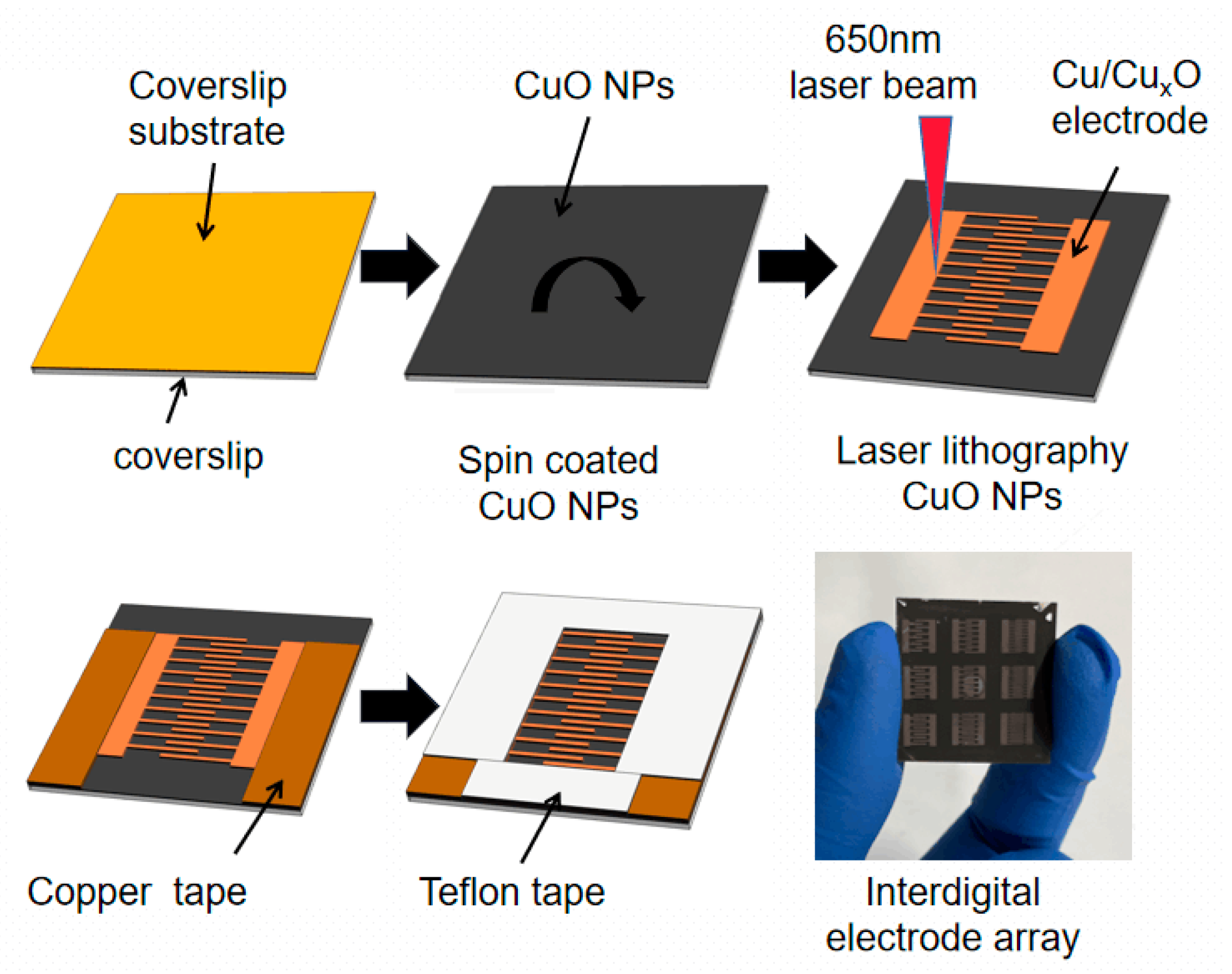

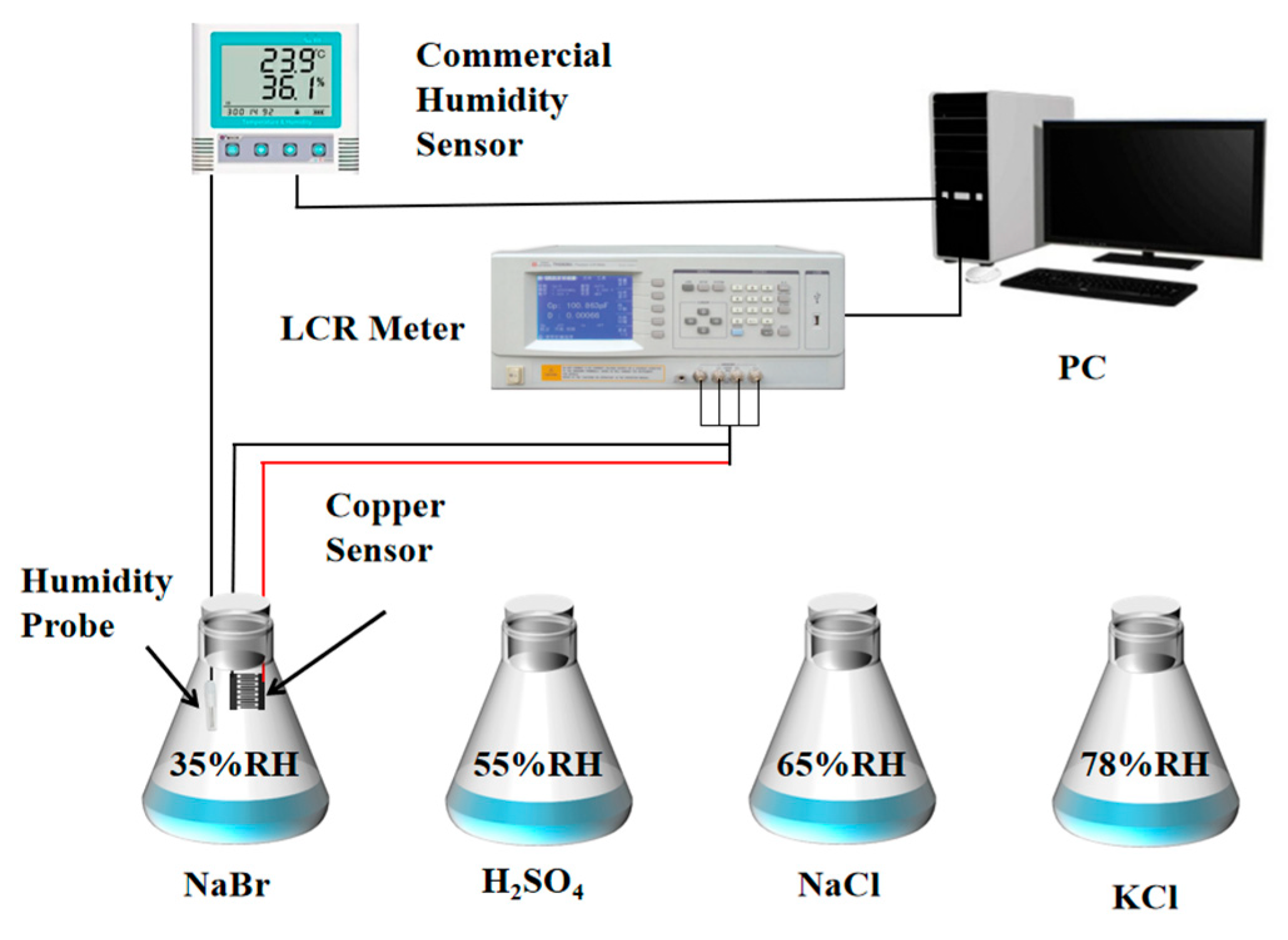
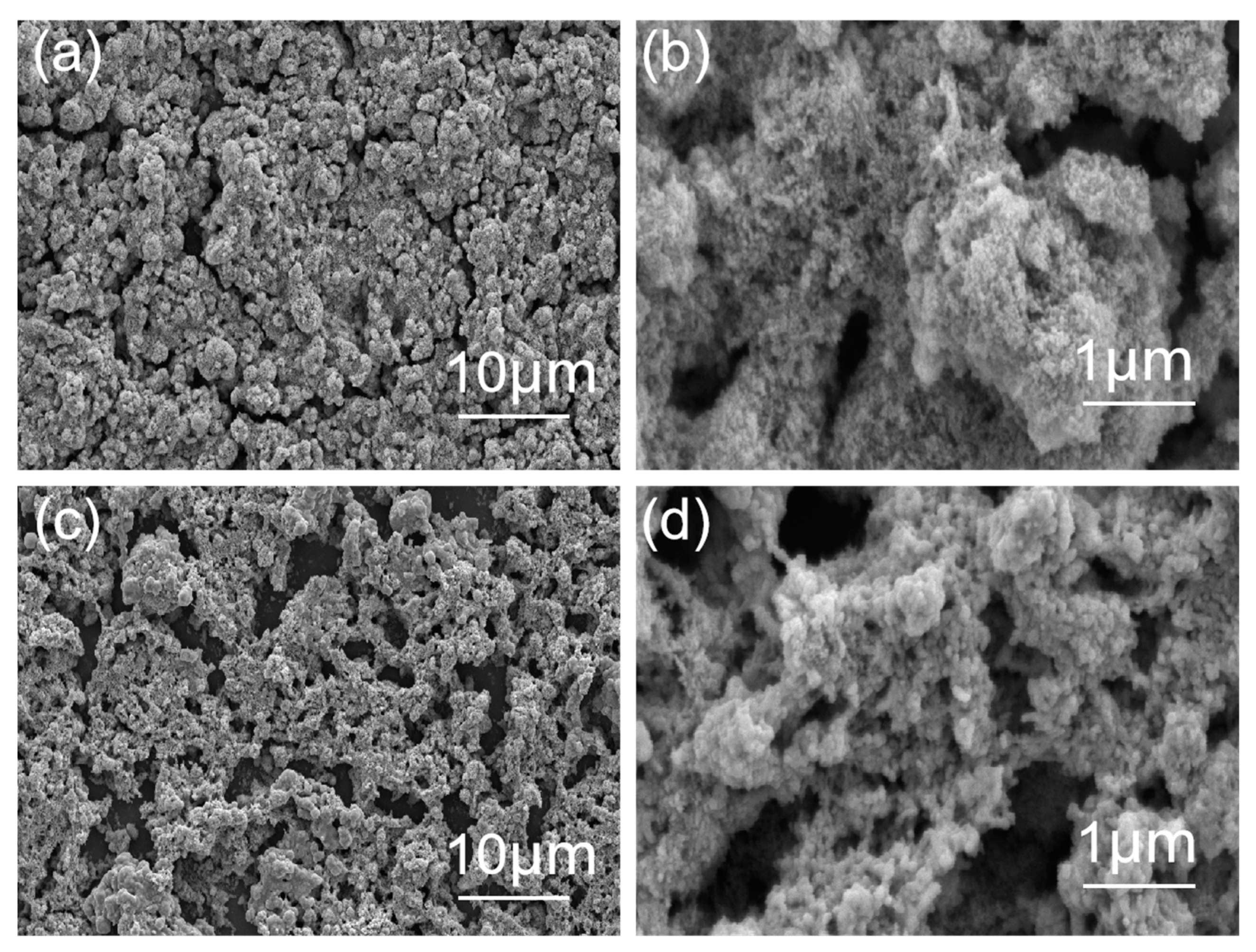


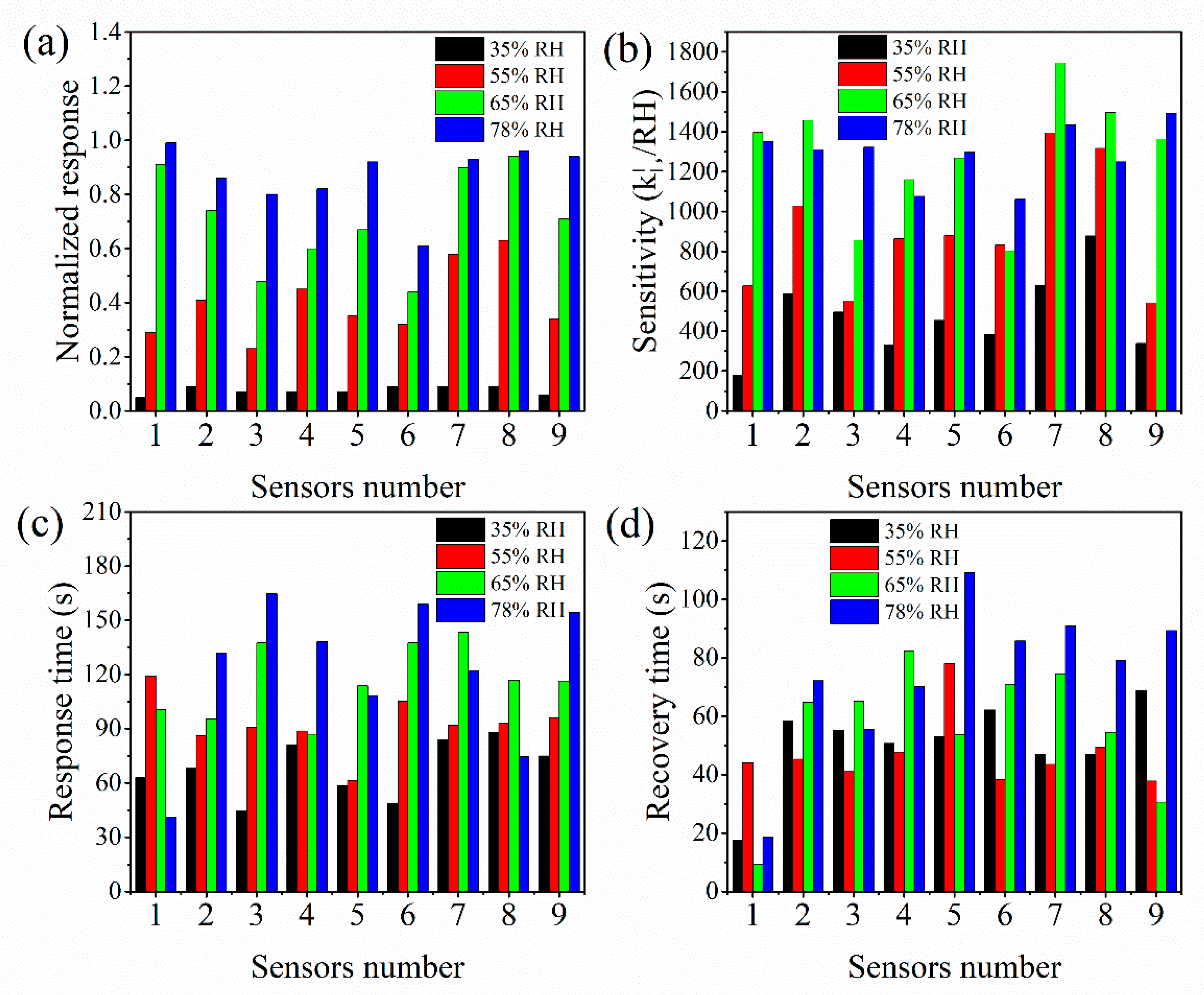
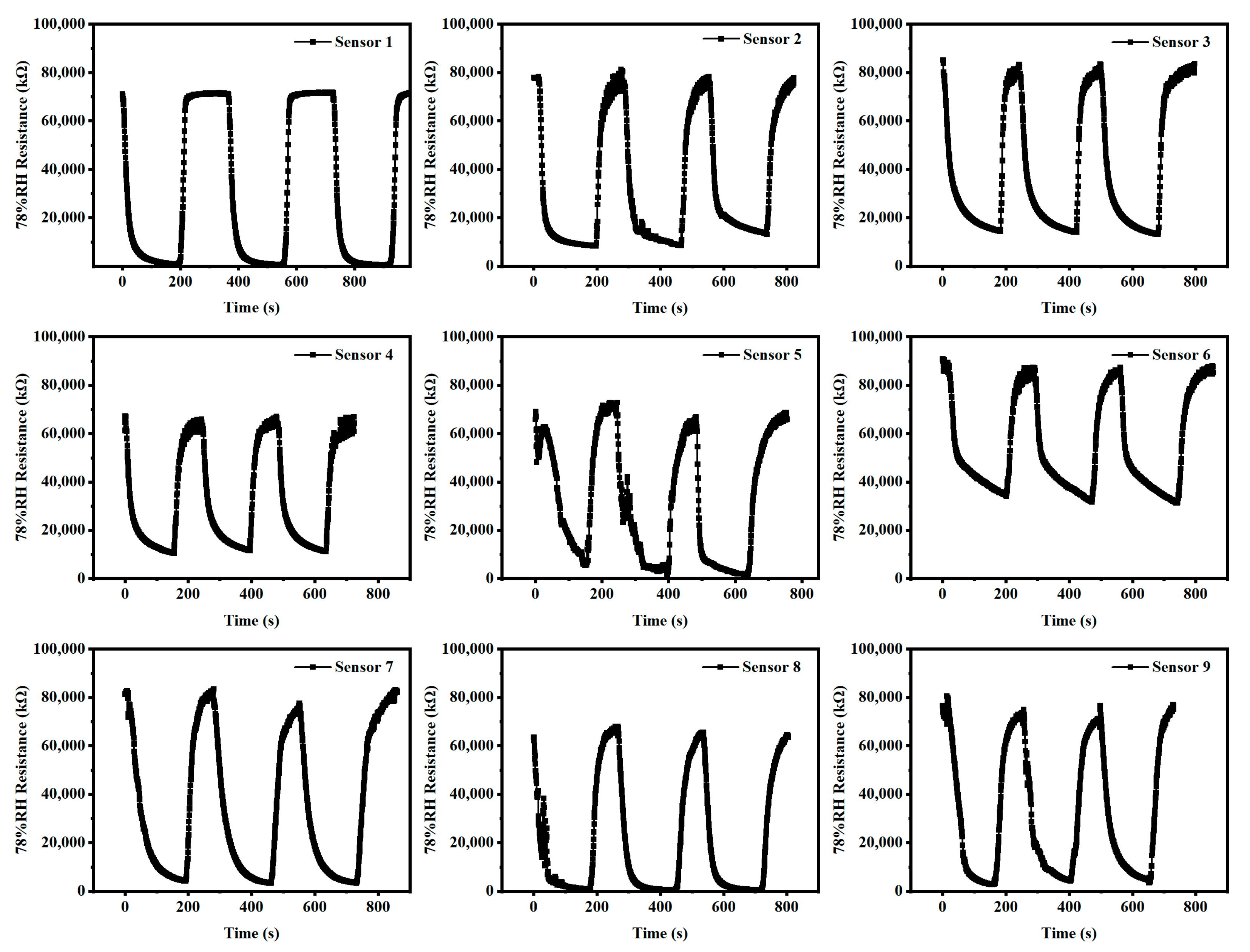
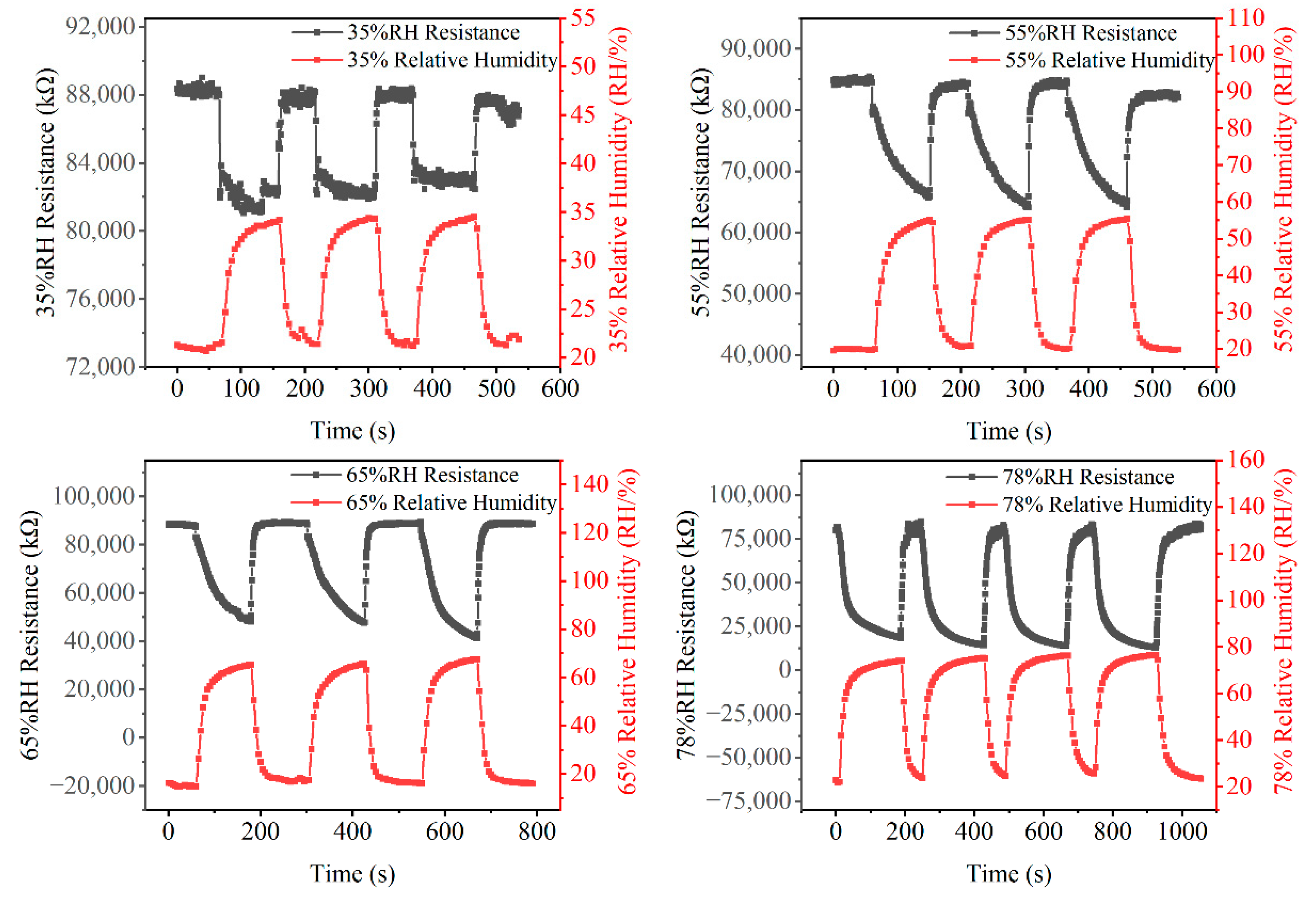
Publisher’s Note: MDPI stays neutral with regard to jurisdictional claims in published maps and institutional affiliations. |
© 2022 by the authors. Licensee MDPI, Basel, Switzerland. This article is an open access article distributed under the terms and conditions of the Creative Commons Attribution (CC BY) license (https://creativecommons.org/licenses/by/4.0/).
Share and Cite
Zhao, J.; Yu, Z.; Tu, Z.; Bian, H. Influence of Electrode Structure on Performance of Laser Direct Writing Cu-PI Flexible Humidity Sensor. Micromachines 2022, 13, 992. https://doi.org/10.3390/mi13070992
Zhao J, Yu Z, Tu Z, Bian H. Influence of Electrode Structure on Performance of Laser Direct Writing Cu-PI Flexible Humidity Sensor. Micromachines. 2022; 13(7):992. https://doi.org/10.3390/mi13070992
Chicago/Turabian StyleZhao, Jipeng, Zixiao Yu, Zhenyue Tu, and Hongxia Bian. 2022. "Influence of Electrode Structure on Performance of Laser Direct Writing Cu-PI Flexible Humidity Sensor" Micromachines 13, no. 7: 992. https://doi.org/10.3390/mi13070992





